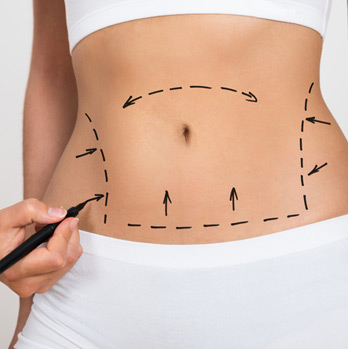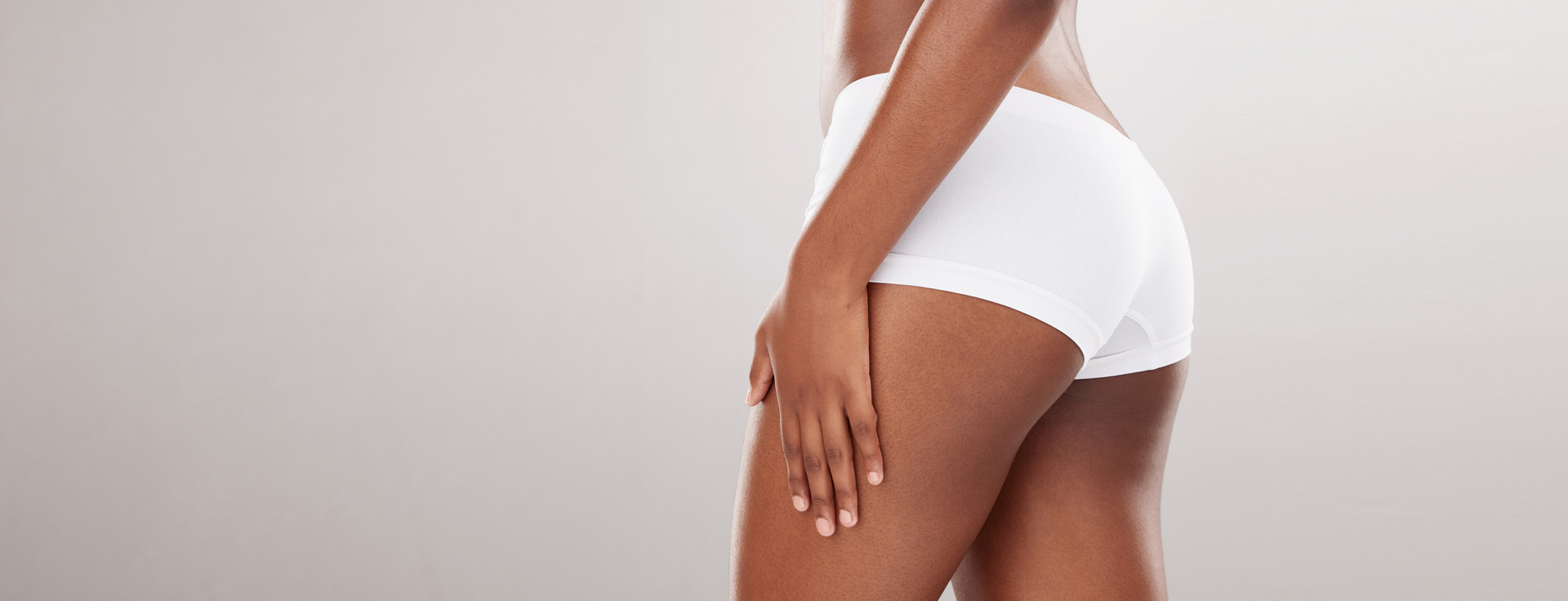
Liposuction is a surgical procedure designed to remove excess fat deposits and contour specific areas of the body. This procedure targets stubborn fat that is resistant to diet and exercise, commonly focusing on areas such as the abdomen, thighs, buttocks, arms, and neck. Liposuction improves body shape and proportion, enhancing overall appearance and boosting self-confidence. The procedure involves using a suction technique to remove fat cells, which provides long-lasting results as long as the patient maintains a stable weight. While not a weight-loss solution, liposuction can effectively refine body contours and address localized fat accumulation.
Benefits of Liposuction
Liposuction offers several benefits, including the targeted removal of stubborn fat deposits, leading to improved body contours and proportions. The procedure can enhance self-esteem and body image by providing a more sculpted and toned appearance. Liposuction also has long-lasting results as it permanently removes fat cells, although maintaining these results requires a stable weight. Additionally, it can be combined with other cosmetic procedures for comprehensive body contouring. Patients often experience a significant improvement in the fit of clothing and overall physical appearance.
How Liposuction Is Done
Liposuction is typically performed under local anesthesia with sedation or general anesthesia, depending on the extent of the procedure. The surgeon makes small incisions in the target area and inserts a thin tube called a cannula. The cannula is moved back and forth to loosen fat deposits, which are then suctioned out using suction tubing or syringe. Different techniques, such as tumescent liposuction, and ultrasound-assisted liposuction, may be used to enhance fat removal. The incisions are then sutured closed, and the treated area is bandaged. The procedure duration will vary depending on the size and number of areas treated. Often, additional treatment of the skin with radiofrequency energy can help tighten loose skin after liposuction.


Who Liposuction Is For
You may be a candidate for liposuction if you have excess subcutaneous fat, which is resistant to diet and exercise. Liposuction may also be desirable if you wish to change the contours of your body. Commonly involved areas are the anterior part of the neck (under the chin), upper arms and armpits, male chest/breasts, trunk, abdomen, waist, hips, thighs, inner knees, calves, and ankles. Most patients are near normal weight and desire permanent contour changes.
Liposuction is typically not recommended for those who are significantly overweight, have certain medical conditions, or expect it to serve as a weight-loss solution. It is also not suitable for treating cellulite or loose skin.
Surgical Process
The treatment process for liposuction begins with an initial consultation, where the surgeon evaluates the patient’s medical history, examines the areas of concern, and discusses goals and expectations. Preoperative instructions may include avoiding certain medications and stopping smoking. On the day of the procedure, anesthesia is administered, and small incisions are made in the target area. The surgeon uses a cannula to loosen the fat and then removes the fat using a syringe or suction pipe. After the procedure, the treated areas are bandaged.



Q: How long does recovery take?
Recovery varies but typically involves a few weeks.
A: Are there risks involved?
Risks include contour irregularities, fluid buildup, numbness, infection, internal puncture, fat embolism, kidney and heart problems, and local anesthesia toxicity. However, an experienced surgeon will take the necessary precautions to minimize these risks.




